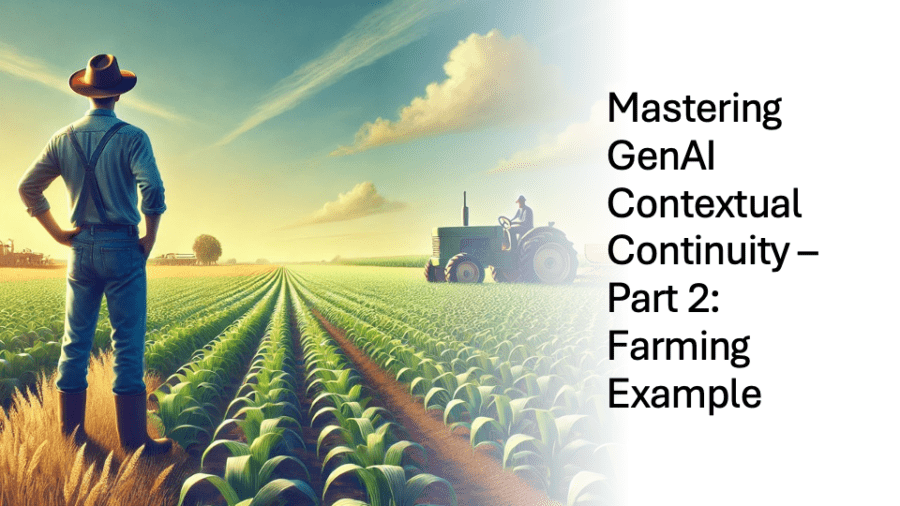
In the blog “Driving Relevant GenAI / LLM Outcomes with Contextual Continuity,” I introduced the concept of contextual continuity as a technique for getting your Generative AI tools like ChatGPT or CoPilot to deliver more relevant and accurate responses.
Contextual Continuity refers to the ability of a Generative AI (GenAI) system, such as ChatGPT, to use, generate, and retain relevant information to produce more pertinent, meaningful responses.
The main idea behind contextual continuity is how to “train” your GPT tool to search the vast amounts of available data for information relevant to the problem you are trying to solve. To guide Generative AI tools in providing more relevant and nuanced responses, users can implement techniques that establish contextual continuity. This approach helps the model retain and build upon important information. Users can move beyond generic responses by setting a clear context, uploading relevant documents, creating a narrative, and using persona-based prompts to achieve more tailored, meaningful, and contextually aligned insights.
I want to build on the blog “Leverage a value-creation framework to unleash GenAI Innovation” to show you the concept of Contextual Continuity in action. Let’s examine the five-step contextual continuity training process by examining how a farmer could use ChatGPT to optimize crop planting for the upcoming farming season.
Farming Example: Crop Selection Process
Let’s say you are a farmer operating a 1,000-acre farm in Northeast Iowa. You are trying to decide what crops to plant in the spring, balancing a series of objectives, including:
- Maximize Profitability: Selecting crops based on market demand and price trends directly impacts farm income.
- Adapt to Climate Variability: Climate change increases unpredictability in weather patterns, making informed crop choices essential for resilience.
- Maintain Soil Health: Proper crop rotation and nutrient management are critical for long-term farm productivity.
- Efficient Resource Utilization: Optimal crop selection reduces water, fertilizer, and labor waste.
- Reduce Risk and Volatility: Diversified crop choices protect against price drops, pest outbreaks, and weather-related losses.
- Align with Market Trends: Producing high-demand crops ensures better market access and profitability.
Let’s see how the farmer could use the five-step contextual continuity process to help them determine what crops to plant and set the stage for exploring potential risks associated with current issues such as tariffs, supply chain problems, and drought situations.
Farming Example: 5-Step Contextual Continuity Process in Action
Step 1: “Train[1]” ChatGPT on Your Problem. The first step in guiding ChatGPT is to set the context and clarify your intent. Just like you would explain your research topic to a librarian before requesting research recommendations, defining the problem and your desired outcomes will help ChatGPT understand the issue at hand. Think of this as briefing an expert consultant—you need to provide them with a complete overview of the problem so they can offer tailored advice. This approach enables ChatGPT to “understand” the scope of your problem and the perspective you need (Figure 1).
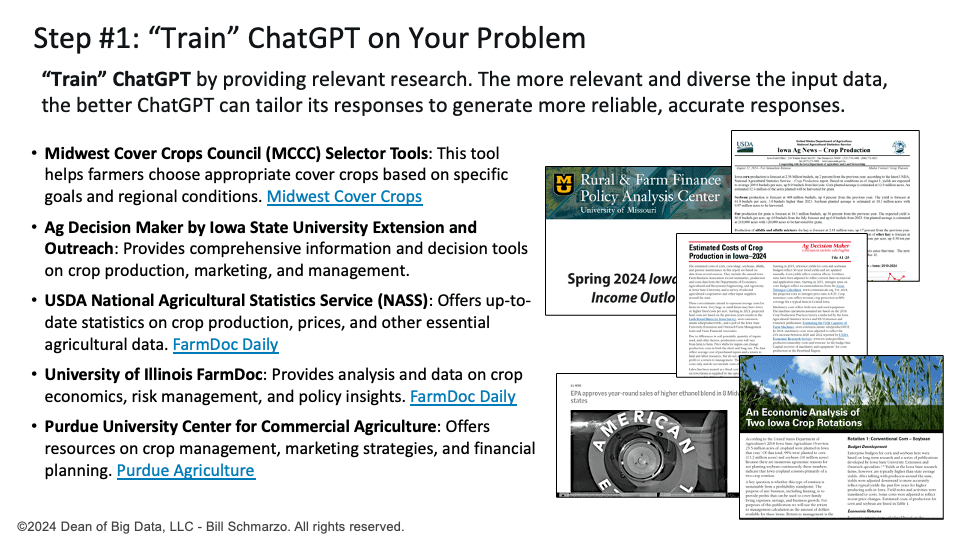
Figure 1: “Train” ChatGPT on Your Problem
Step 2: Capture & Upload Your “Tribal Knowledge.” Imagine trying to solve a specific problem but lacking access to detailed, specialized knowledge. While ChatGPT can provide general information, uploading relevant data allows you to offer exact, context-rich information that can enhance the quality of responses. This is where a value-creation methodology, such as “Thinking Like a Data Scientist,” becomes invaluable. It fosters a collaborative process to uncover the “tribal knowledge” hidden within your organization (Figure 2).
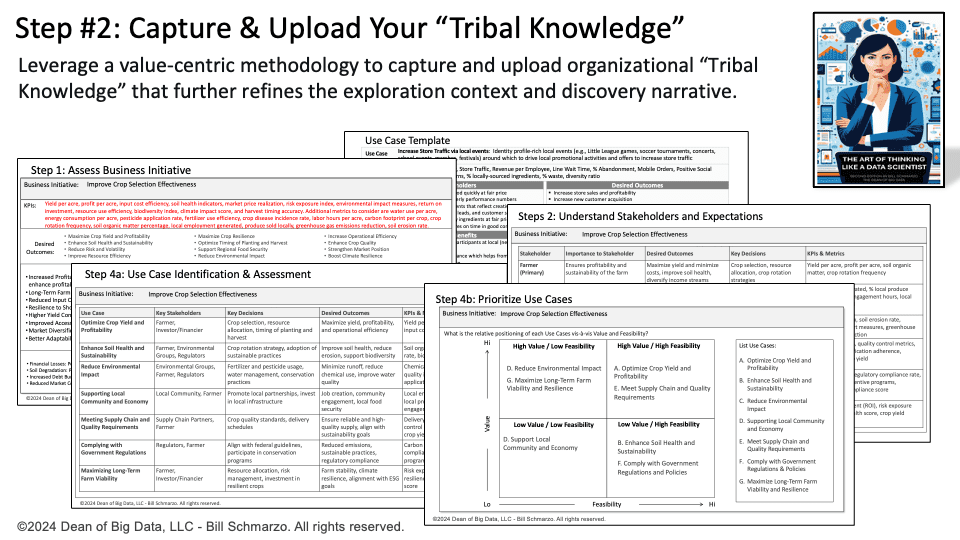
Figure 2: Capture & Upload Your “Tribal Knowledge”
Step 3: Establish a Narrative. Establishing a narrative involves creating a logical flow of questions and guiding ChatGPT to explore the topic progressively. This involves leveraging concepts like the Socratic Method and the Nine Categories of GenAI Innovation to build a narrative. Crafting a narrative is like crafting a roadmap; each question is a waypoint guiding you to your destination. This technique encourages ChatGPT to build upon previous responses, improving coherence and depth, like telling a story with a clear beginning, middle, and end (Figure 3).
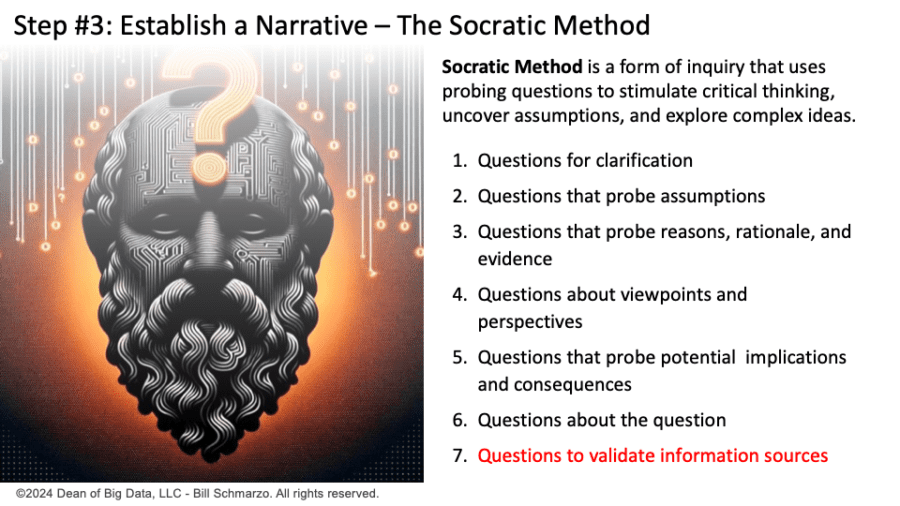
Figure 3: Establish a Narrative or Conversation
Step 4: Leverage Persona-based Prompts. Persona-based prompts force ChatGPT to tailor its responses to a specific perspective or expertise level. For a farmer, asking ChatGPT to respond as a “soil scientist” or “sustainability consultant” can influence the depth and tone of the answer (Figure 4).
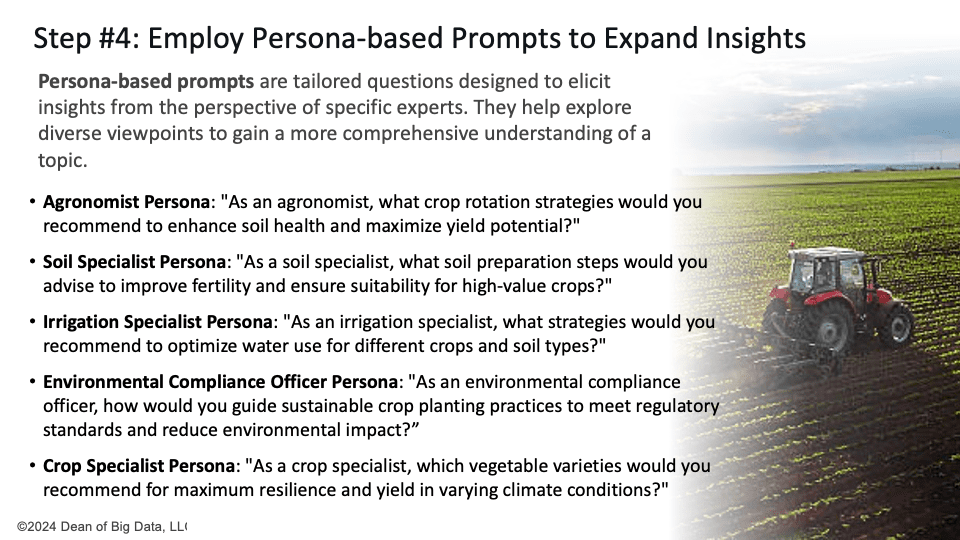
Figure 4: Employ Persona-based Prompts
Step 5: Iteratively Refine and Summarize Insights. Reflection and refinement are crucial for ensuring that the conversation with ChatGPT remains focused and productive. By periodically asking ChatGPT to summarize and refine the conversation’s insights, you can guide the AI toward more profound, nuanced exploration while ensuring it doesn’t stray from your primary goals. For our farmer, this step yields actionable recommendations (Figure 5).
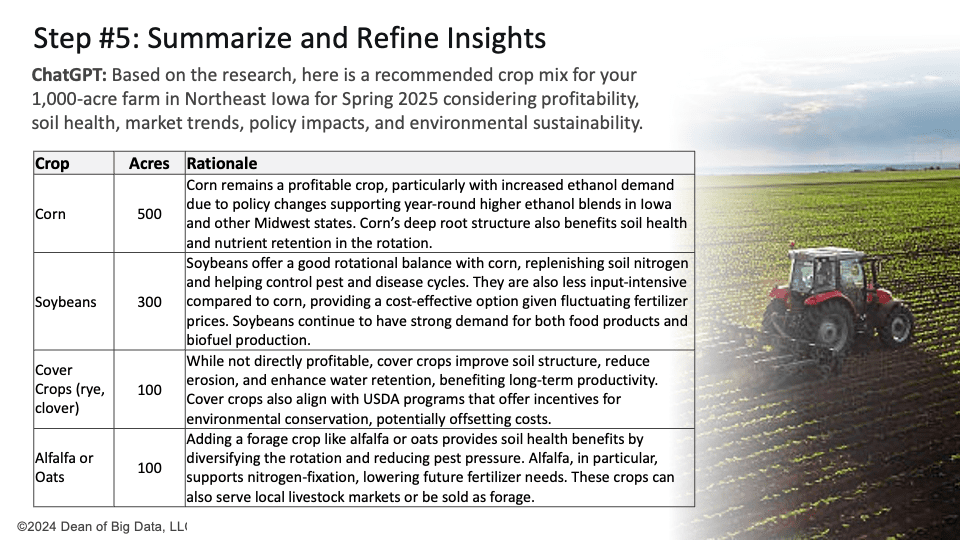
Figure 5: Summarize and Refine Insights and Learning
The GenAI tool has provided the farmer with actionable recommendations, but the power of ChatGPT does not stop there. The farmer operates in a world of constant political, cultural, environmental, technological, and economic change, so it’s essential to incorporate resilience into their decisions for long-term viability.
Risk Assessment – Exploring “What If” Scenarios
For example, let’s say that the US enacts 50% tariffs on all agricultural imports from Mexico and Canada, and those countries retaliate with equivalent tariffs on US agricultural exports; this would significantly impact crop selection decisions in the following ways:
- Corn and soybeans are heavily export-dependent, and increased tariffs could reduce demand from Canada and Mexico, major trade partners.
- Price volatility could lead to lower domestic prices as supply builds up in the US market due to reduced exports.
- Alternative crops less dependent on international trade could become more viable, while government subsidies and policy adjustments may also mitigate risks (Figure 6).
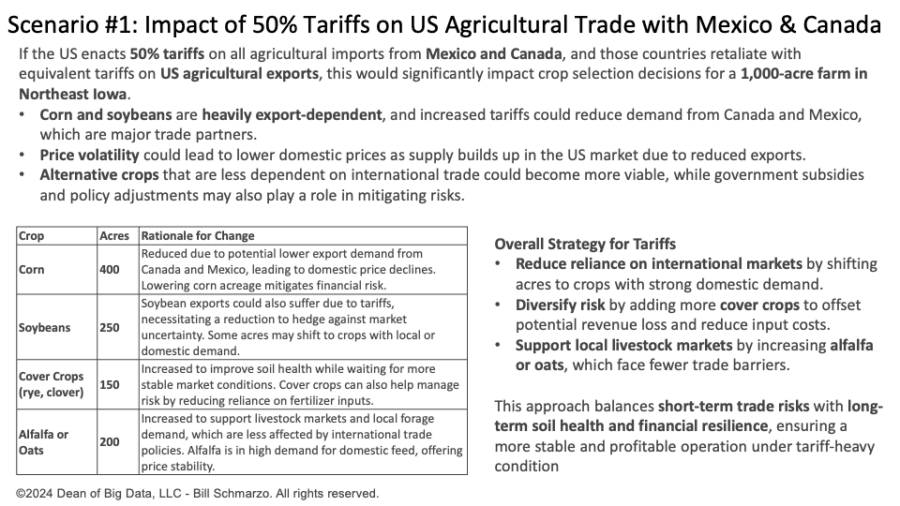
Figure 6: Assessing the Impact of Tariffs on Your Farming Crop Selection Strategies
Other scenarios that we could explore include severe drought conditions, supply chain disruptions, and removal of agricultural subsidies. This ChatGPT-fueled exploration is only limited by your creativity, so explore away!
[1] Technically, you are not “training” your GPT. You are infusing relevant information to “focus” the GPT on your issue. I use the term “training” because it resonates more clearly with the average layperson and makes the GPT sound less imposing.
